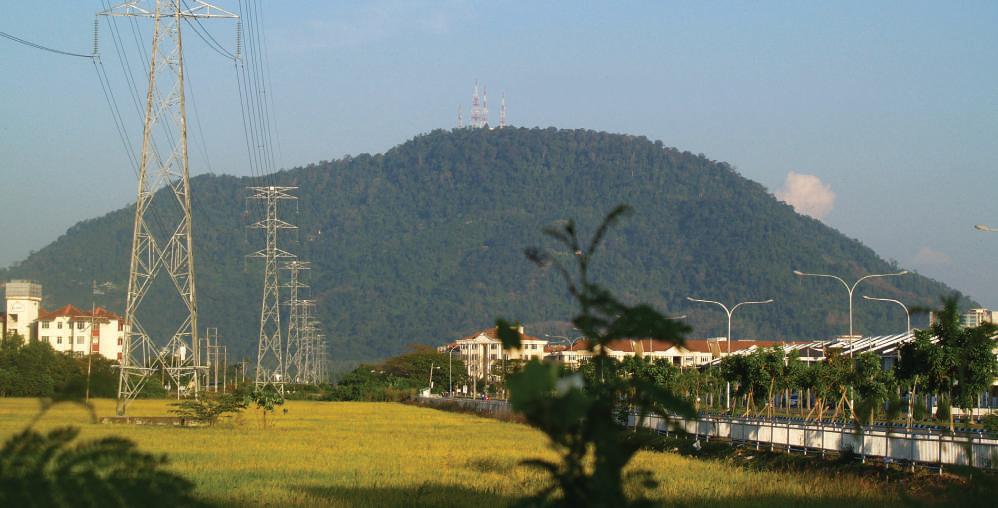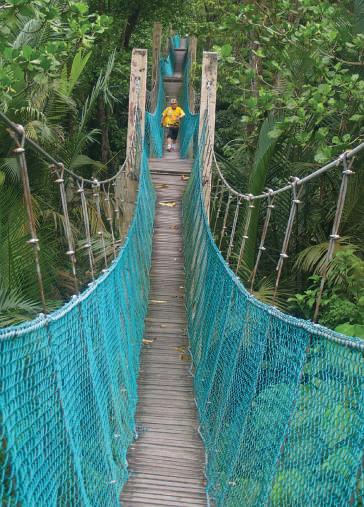
1 minute read
1. Bukit Mertajam

With relatively fewer hilly areas in comparison to Penang Island, hiking in Seberang Perai offers a diversity of experiences which is not limited to the usual ‘up the hill’ experience but also includes coastal, paddy and wetland walks. Let’s take a look at what Seberang Perai has to offer to hiking addicts!
Advertisement
The dome-shaped peak of Bukit Mertajam or To’kun Hill is an unmissable sight as it towers prominently over the vast flat plains of Seberang Perai. Being the tallest peak and part of a cluster of hills which forms the largest green lung in Seberang Perai, it is also the most popular hiking destination in Seberang Perai, attracting almost a thousand visitors each weekend in pre-COVID-19 times. There are many trails here which range from easy 1.5-hour hikes to lung-busting 12-hour ones which traverse nearby hills. The trails starting at Taman Eko Rimba Bukit Mertajam (Cherok Tokun) are the most popular with incredible views of Mengkuang Dam and the sight of The Big Tree, a Mengkundor (Tetrameles nudiflora) with huge buttress roots. However, this entrance to the hill is closed till December 2023 for slope rectification and stabilisation work. Nearby stands the mainland’s second highest peak, 429 m tall Bukit Seraya. Trails to its summit start near the same entrance but are longer and wind through orchards before entering a small area of forest near the summit. Steeped in history, hikers would come across the sight of old railway lines and a century old dam which once belonged to the Federated Malay States Railways (FMSR) here.
The northern part of Seberang Perai comprises a vast area of flat land which is dominated by paddy fields and oil palm estates. Vestiges of nature cling onto pockets of freshwater swamps along rivers and mangroves on the coast. One such freshwater swamp is the Air Hitam Dalam Educational Forest.
Located at the confluence of Sungai Air Hitam and Sungai Jarak, the 11-hectare forest is teeming with life. Figs, Nipah palms, primates and an array of reptiles call this wetland home. About 150 species of birds are known from the park, making it a birdwatcher’s paradise. Come with a pair of binoculars because if you are lucky, you will be able to spot some woodpeckers, bee-eaters, or even one of the three resident monkey species.







